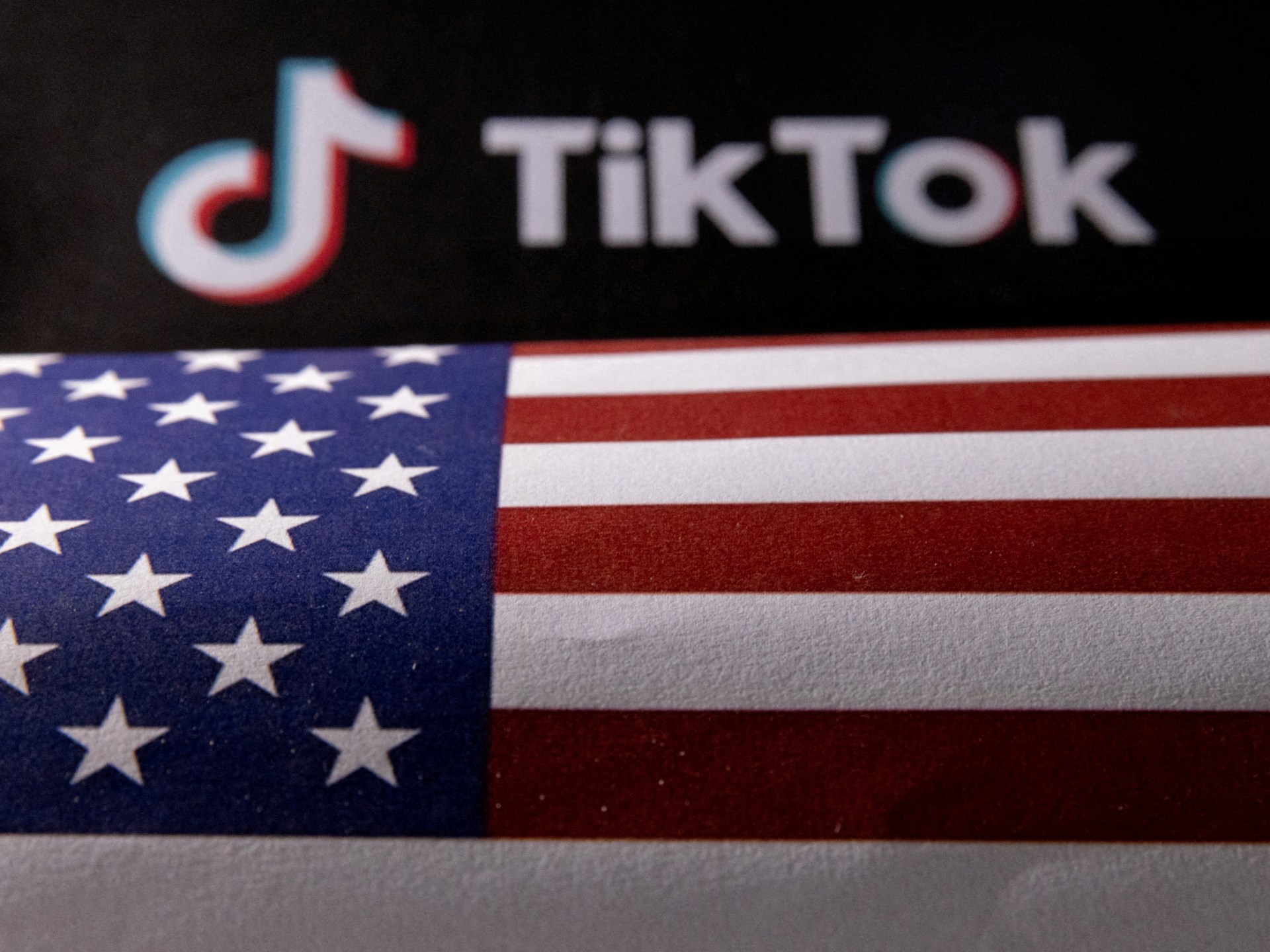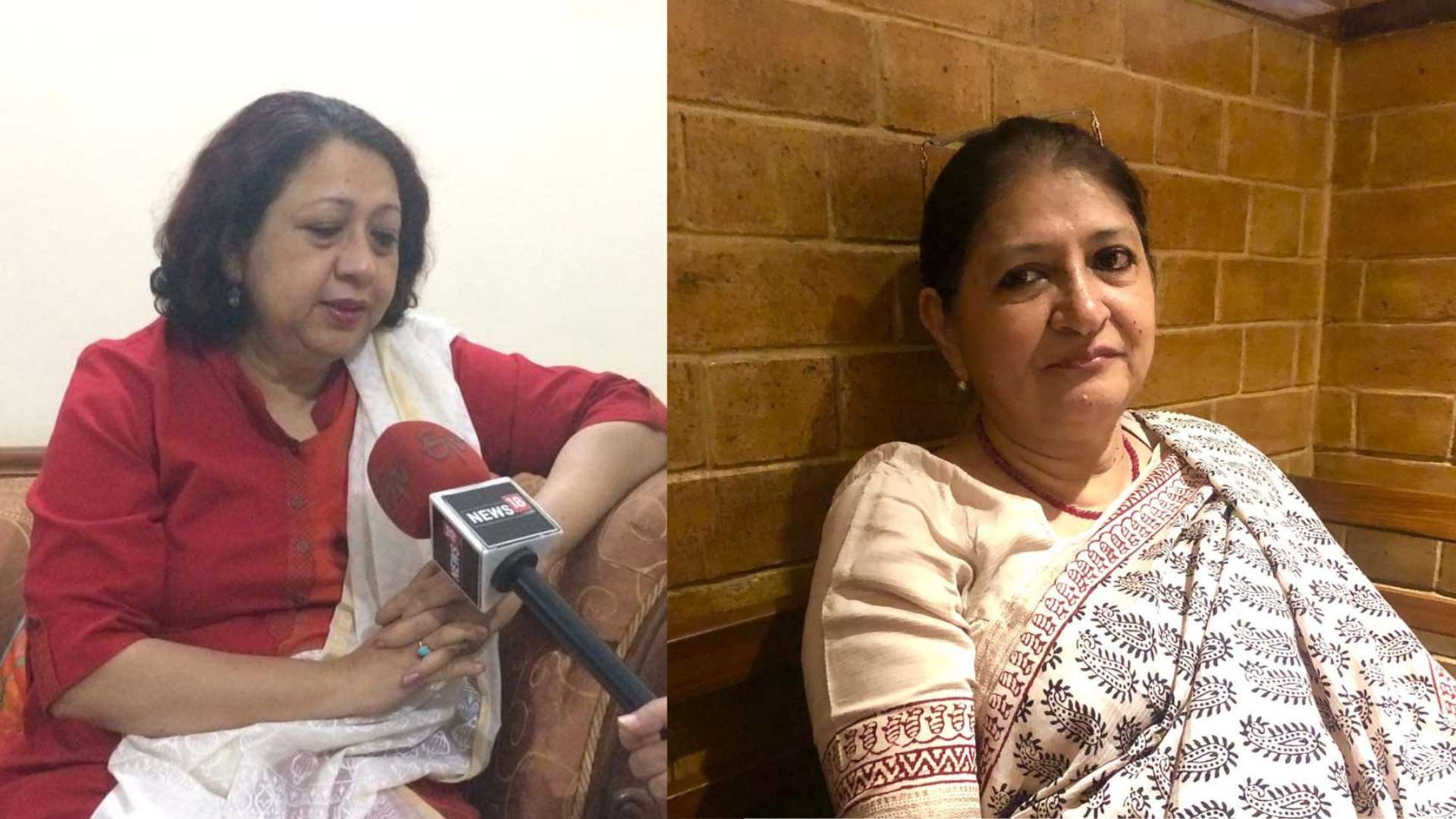TikTok faces new lawsuits in the US accusing it of harming children | Technology News
The popular social media platform TikTok has been accused of harming and failing to protect young people in a slew of new lawsuits filed by several US states.
The lawsuits, filed on Tuesday in New York, California, and 11 other states, as well as the District of Columbia, add to continuing legal challenges the Chinese-owned company is already embroiled in in the United States. The latest filings accuse the company of intentionally using addictive software to keep children watching as long as possible, as well as of misrepresenting the effectiveness of its content moderation.
TikTok has rejected the allegations “many of which we believe to be inaccurate and misleading”. It said that it was disappointed the states chose to sue “rather than work with us on constructive solutions to industrywide challenges”.
The platform’s parent company, ByteDance, is also fighting proposed legislation that could ban the app in the US. The company has previously said that it strongly disagrees with allegations it fails to protect children, and has said that it offers “robust safeguards for teens and parents”.
US legislators have argued that the app could allow the Chinese government to access user data and influence Americans through its wildly popular algorithm. The White House has backed the bill.
Legislators and the White House, however, are at odds with many of TikTok’s 170 million US users – representing roughly half the country – as well as civil liberties and digital rights groups who say a ban would infringe on freedom of speech.
In June, a coalition of civil rights groups, including the Asian American Foundation and the Hispanic Heritage Foundation, argued that TikTok was vital for the visibility of marginalised groups.
“TikTok is a modern-day digital town square that empowers diverse communities, often neglected by traditional media outlets, to share their underrepresented voices with people across America and the world,” lawyers representing the coalition wrote in a court filing.
The American Civil Liberties Union has also attacked attempts to shut down TikTok, saying that politicians were “trying to trade our First Amendment rights for cheap political points”.
“Whether it’s watching cooking tutorials, discussing the news of the day, or livestreaming protests, we have a right to use TikTok and other platforms to exchange our thoughts, ideas, and opinions with people around the world,” the ACLU said.
‘Dangerous by design’
The latest lawsuits accuse TikTok of seeking to maximise the amount of time users spend on the app to target them with ads.
“TikTok cultivates social media addiction to boost corporate profits,” California Attorney General Rob Bonta said in a statement. “TikTok intentionally targets children because they know kids do not yet have the defenses or capacity to create healthy boundaries around addictive content.”
“Young people are struggling with their mental health because of addictive social media platforms like TikTok,” echoed New York Attorney General Letitia James.
Washington’s lawsuit also accused TikTok of facilitating sexual exploitation of underage users, saying TikTok’s live streaming and virtual currency “operate like a virtual strip club with no age restrictions.”
“TikTok’s platform is dangerous by design,” said Washington, DC Attorney General Brian Schwalb. “It’s an intentionally addictive product that is designed to get young people addicted to their screens.”
TikTok says that it provides safety features including default screentime limits and privacy defaults for minors under 16.
Illinois, Kentucky, Louisiana, Massachusetts, Mississippi, New Jersey, North Carolina, Oregon, South Carolina, Vermont and Washington state also sued on Tuesday. Other states, including Utah and Texas, had already sued the company. The US Department of Justice also filed its own lawsuit against TikTok earlier this year for allegedly failing to protect children’s privacy on the app.
Check out our Latest News and Follow us at Facebook
Original Source







